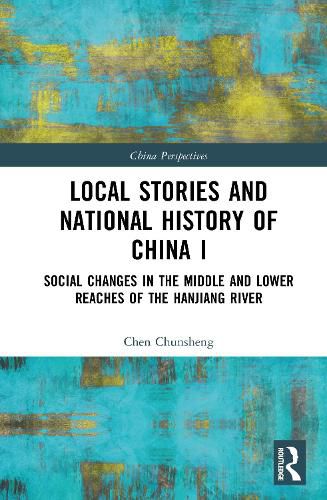Readings Newsletter
Become a Readings Member to make your shopping experience even easier.
Sign in or sign up for free!
You’re not far away from qualifying for FREE standard shipping within Australia
You’ve qualified for FREE standard shipping within Australia
The cart is loading…






This book is the first of a two-volume set examining the social history of the Hanjiang River region of southern China. It studies the complex social fabric of the region from the Song Dynasty to the early Qing Dynasty, focusing on religious practices, ethnic relations and social change.
The first part presents the region's geography and history, and sets out the methods for studying its social history. The second part of the book is about the formation of social order between the Song and the mid-Ming dynasty. It explores religious beliefs, coastal defence systems and how ethnic groups were governed. The final part analyses the relationship between 'thieves' and 'people' in the mid-Ming and early Qing periods, using local literature, religious practices and settlement patterns. This analysis reveals how rural militarisation and dynastic influence shaped territorial society in the late Ming and early Qing.
The title is an essential resource for scholars and students of pre-modern Chinese social history, historical anthropology, religious studies, maritime history, and ethnic relations.
$9.00 standard shipping within Australia
FREE standard shipping within Australia for orders over $100.00
Express & International shipping calculated at checkout
This book is the first of a two-volume set examining the social history of the Hanjiang River region of southern China. It studies the complex social fabric of the region from the Song Dynasty to the early Qing Dynasty, focusing on religious practices, ethnic relations and social change.
The first part presents the region's geography and history, and sets out the methods for studying its social history. The second part of the book is about the formation of social order between the Song and the mid-Ming dynasty. It explores religious beliefs, coastal defence systems and how ethnic groups were governed. The final part analyses the relationship between 'thieves' and 'people' in the mid-Ming and early Qing periods, using local literature, religious practices and settlement patterns. This analysis reveals how rural militarisation and dynastic influence shaped territorial society in the late Ming and early Qing.
The title is an essential resource for scholars and students of pre-modern Chinese social history, historical anthropology, religious studies, maritime history, and ethnic relations.